What is the Best Packaging for Electronics?
When it comes to protecting electronic devices, packaging plays a crucial role. Electronics are delicate, expensive, and often sensitive to physical shocks, moisture, and static electricity. Using effective packaging is vital for maintaining the functionality and longevity of these devices. Whether for shipping, storage, or in-store presentation, proper packaging reduces risks and enhances user satisfaction. This article will explore the importance of the right packaging for electronic devices, various types of packaging materials available, and their benefits. We'll also answer some common questions about electronics packaging before concluding with a trusted recommendation for your packaging needs.
Why is Proper Packaging Important for Electronics?
Electronic devices are often made with fragile components such as circuit boards, capacitors, and displays. These components can be damaged by mishandling, exposure to environmental factors, or static electricity. Here’s why choosing the right packaging matters:
Protection: Prevents damage caused by drops, shocks, and pressure during transportation or storage.
Moisture resistance: Safeguards against humidity or water exposure, which can corrode circuits.
Static protection: Reduces the risk of electrostatic discharge (ESD) that can harm sensitive components.
Aesthetic impact: Well-designed packaging enhances the product's appearance and helps establish brand identity. Selecting the best packaging ensures your electronics remain intact, functional, and visually appealing when they reach the customer.
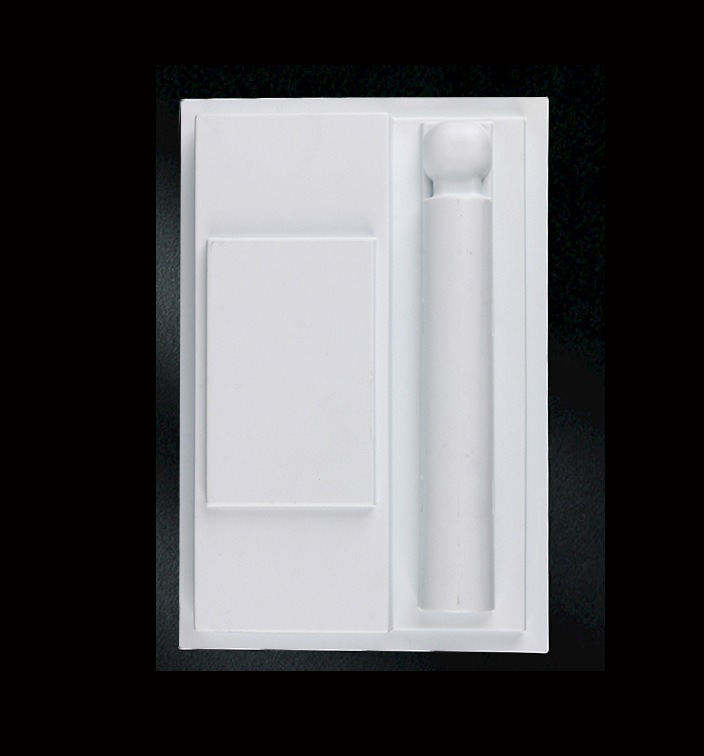
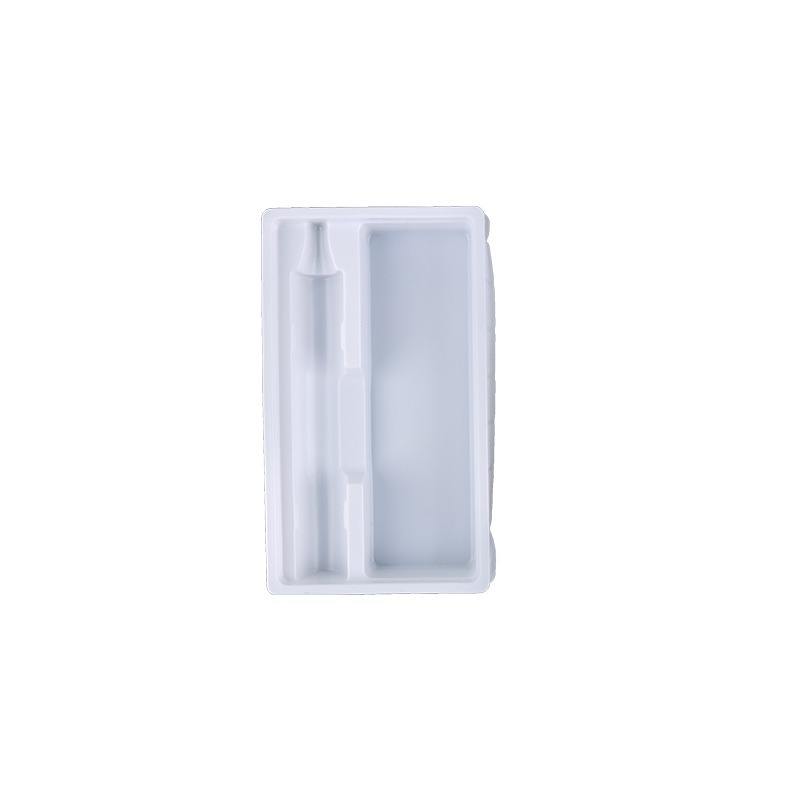
Types of Packaging Materials for Electronics
Choosing the right packaging material depends on the type of electronic device packaging, its size, shape, and sensitivity.
Benefits of Using High-Quality Packaging for Electronics
Electronics packaging offers numerous advantages to manufacturers, retailers, and users. These benefits include:
Enhanced Durability: Proper packaging minimizes product downtime by reducing damage risks.
Cost Savings: Minimizing returns and repairs saves money for businesses.
Long Shelf Life: Advanced packaging keeps items in pristine condition for longer periods.
Better Customer Experience: A well-packaged product arrives safely, increasing customer satisfaction.
Factors to Consider When Choosing Packaging for Electronics
When choosing an "electron packager," it is important to take into account the following key factors:
Type of Device: Delicate gadgets like smartphones require extra cushioning, while rugged devices may need minimal protection.
Environmental Conditions: Account for factors like temperature, humidity, and wet conditions during storage or transport.
Static Sensitivity: Static-prone devices require materials with ESD protection.
Transport Distance: Durable packaging materials are essential for long-distance shipping to avoid damage en route.
Customization Options: Branded and well-designed packaging enhances brand recognition and leaves a positive impression on users. By carefully considering these points, you can ensure you’re selecting the best solution for your products.
Common Packaging Failures to Avoid
Poor packaging can lead to costly mistakes. Here are some common issues to watch out for:
Using inappropriate materials, such as cardboard for static-sensitive products.
Over-packing or under-packing, which can result in unnecessary costs or damage to products.
Neglecting environmental factors like temperature and humidity.
Failing to label products clearly, which can lead to mishandling. By avoiding these pitfalls, you can save money, improve efficiency, and enhance customer trust.

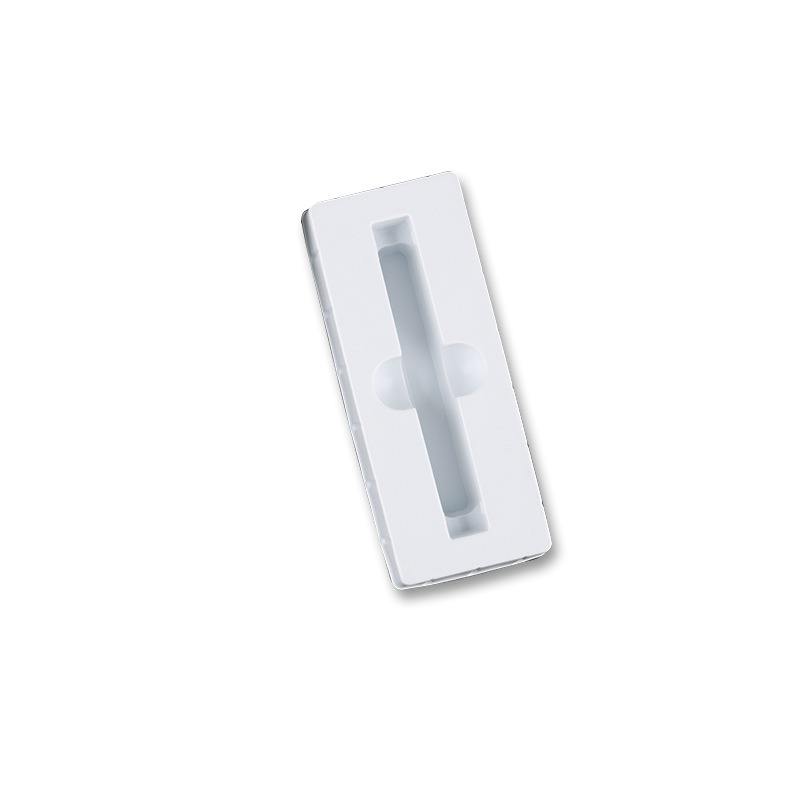
FAQ Section
1. What is electronics packaging?
Electronics packaging refers to the materials and designs used to store, transport, and display electronic devices safely. Good packaging protects against shocks, environmental factors, and static electricity.
2. What are the most common materials for electronics packaging?
Common materials include anti-static foam, ESD bags, corrugated boxes, bubble wrap, clamshell packaging, and moisture barriers. These are chosen based on the device's sensitivity and transit needs.
3. Why is electrostatic discharge (ESD) protection important?
ESD can damage sensitive components within electronic devices, leading to faults or complete failure. Packaging with static-dissipating properties prevents such issues.
4. What's the best packaging for small electronic parts?
ESD bags or anti-static foam are ideal for small parts, as they shield against static electricity and provide cushioning.
5. Can electronics packaging be reused?
Some packaging materials, such as hard plastic casings or corrugated boxes, can be reused if they’re still in good condition. However, single-use plastics or damaged materials should be discarded responsibly.
6. How do I ensure my product is labeled securely?
Secure labeling can be achieved using adhesive labels, printed packaging, or marked tags. Clear labeling reduces handling errors and prevents misplacement during shipping.
7. Can packaging be customized for branding?
Yes, many packaging companies offer customization options like logo embossing, unique designs, and eco-friendly variants to match your branding strategy.
Why Choose zszx pack for Your Electronics Packaging Needs?
When it comes to reliable and high-quality electronics packaging, zszx pack stands out as a trusted solution. They specialize in designing and delivering tailored packaging for various electronic devices. Here’s why you should choose zszx pack:
Comprehensive Solutions: They offer a wide range of packaging materials, including anti-static foam, ESD bags, and more.
Customization Options: zszx pack ensures your packaging aligns perfectly with your brand and product requirements.
High-Quality Standards: They prioritize materials that guarantee safety and durability during shipping and storage.
Competitive Pricing: Affordable rates coupled with premium quality make them an ideal partner for businesses.
Experienced Team: Their expertise in "electron packager" services ensures reliable and innovative packaging solutions.
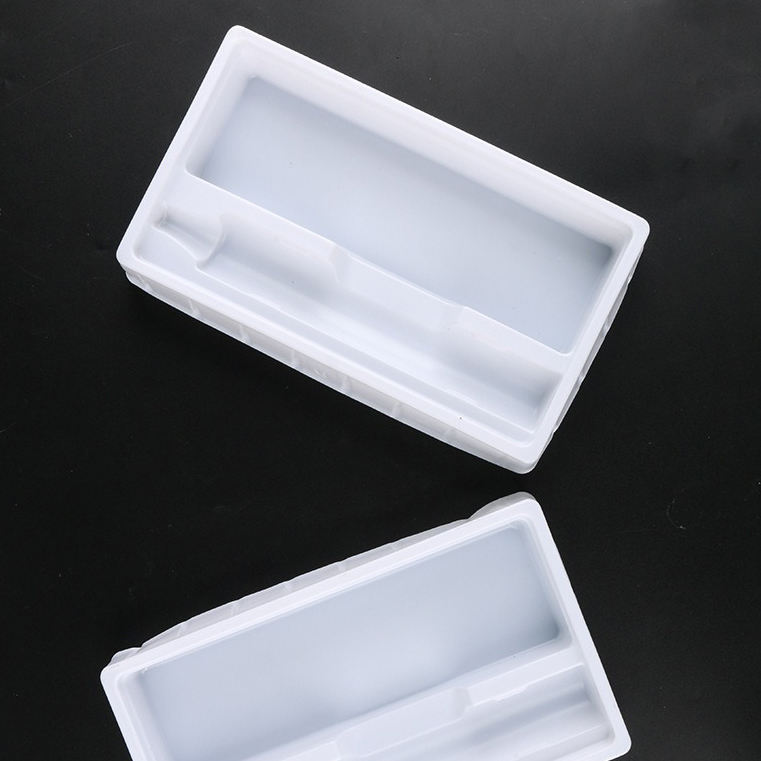
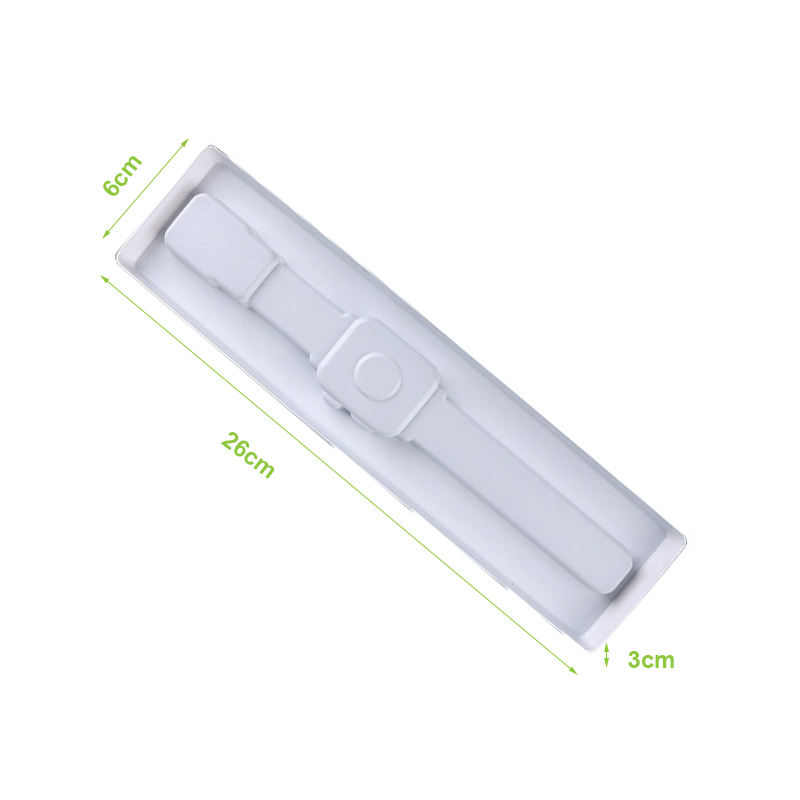
Contact Details for zszx pack
If you are ready to enhance the protection and presentation of your electronic devices, reach out to zszx pack for personalized assistance:
Email: zszxpack@163.com
Phone: +86-13560620448
Wrapping up, choosing the right packaging for electronics is essential for maintaining product integrity and ensuring customer satisfaction. By selecting the best materials and working with trusted providers like zszx pack, you can prevent damage, reduce costs, and make a strong impression in the marketplace.
electron packager
electronics packaging
electronic device packaging





























